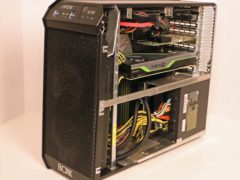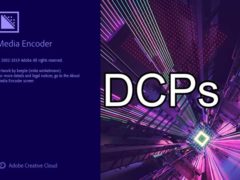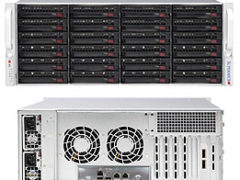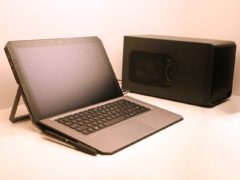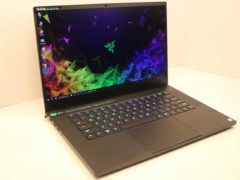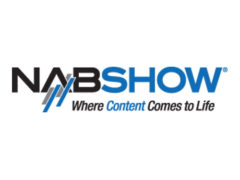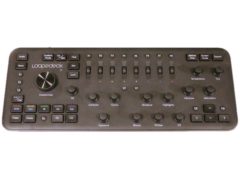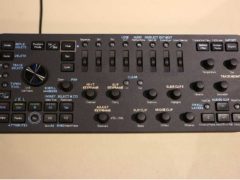
It has been a year since Loupedeck first announced support for Premiere Pro and After Effects with their Loupedeck+ hardware interface panel, originally designed for Lightroom users. I had seen it online prior to that, and had wished that they had something like that for Premiere, so I was pleased to see that announcement, and eager to try it out. It was a bit challenging to get it installed at first, as I was still on Windows 7, in Premiere 12, but I eventually got it working, and posted my initial impressions of using it here.
Continue reading

